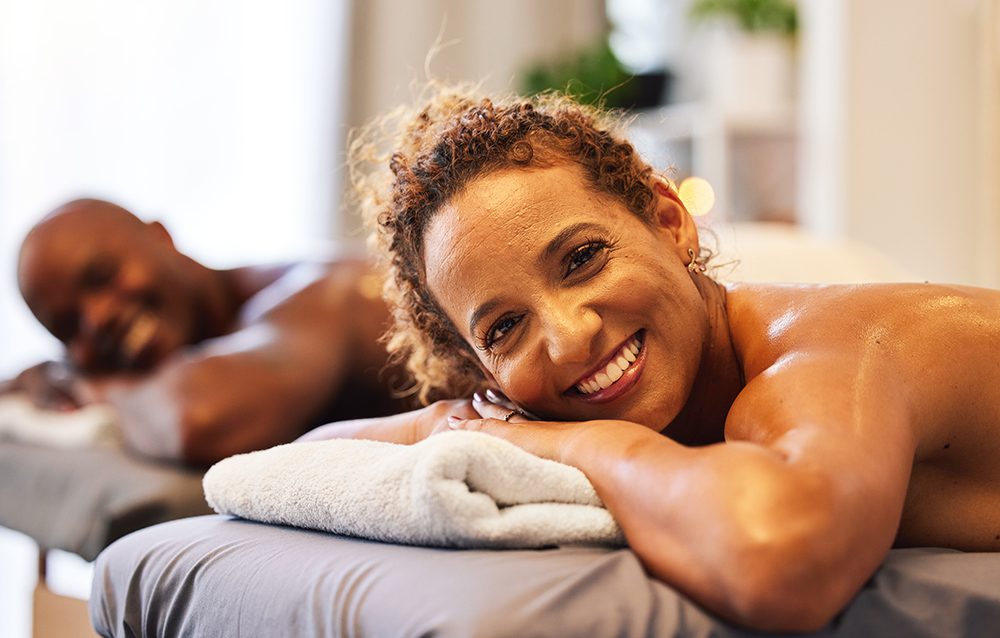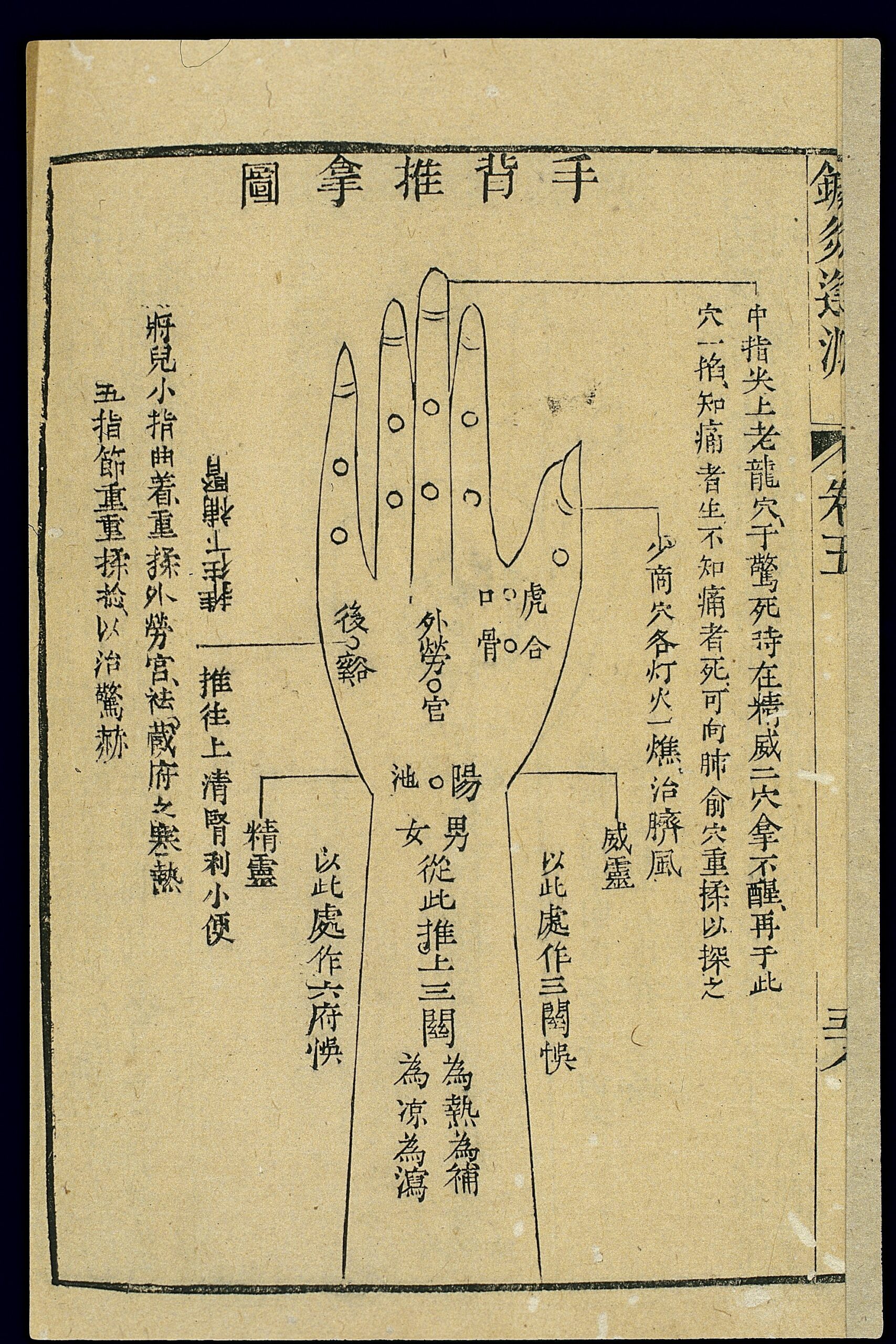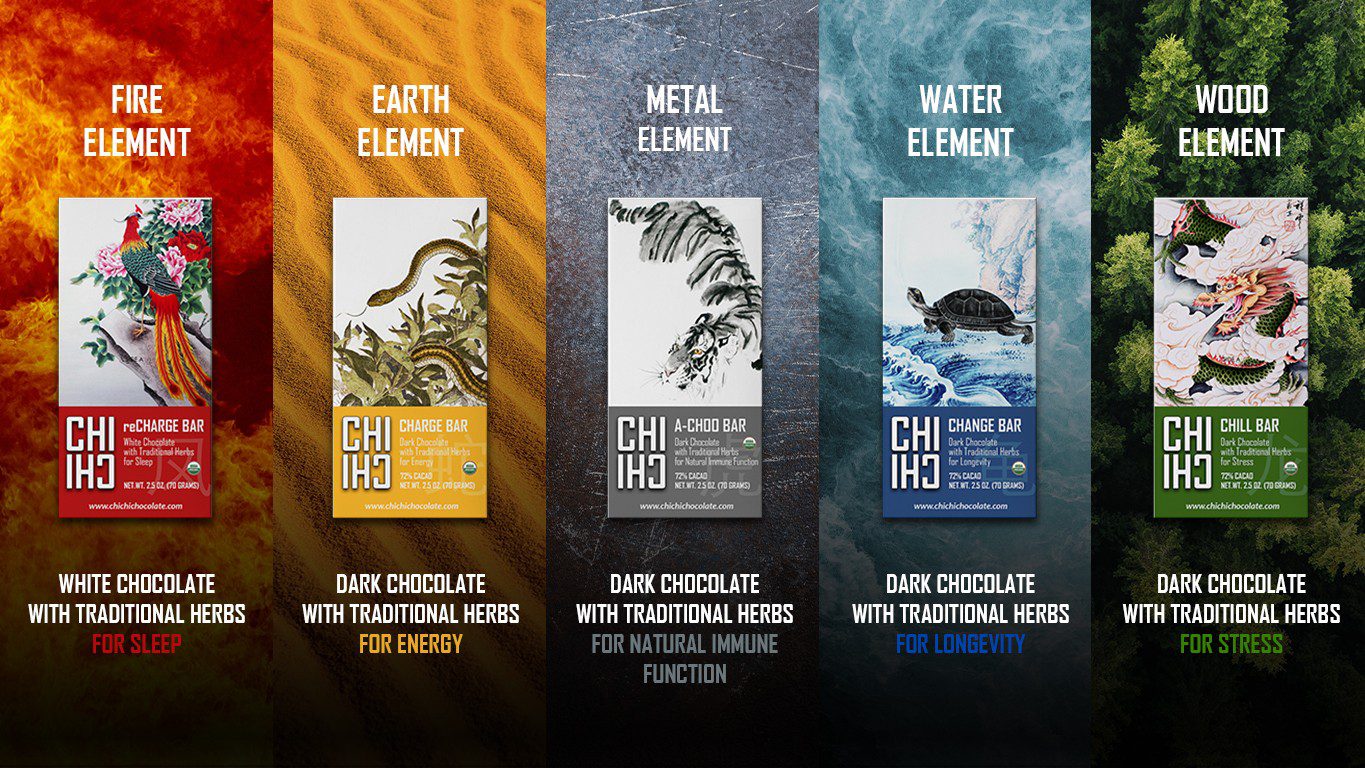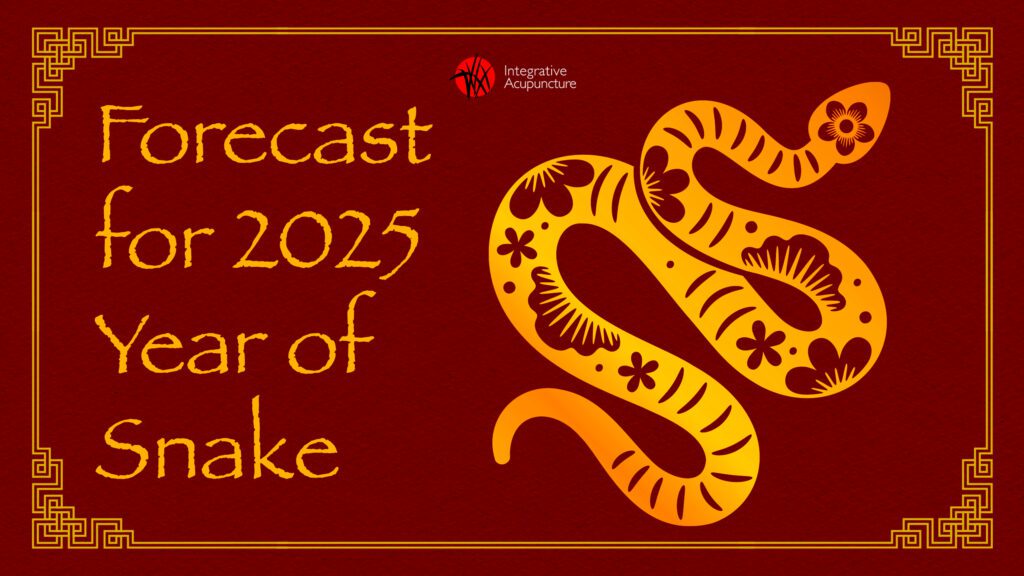Welcome to Integrative Acupuncture’s On Point Blog! Today, we’re exploring Tuina (pronounced twee-nah), a hands-on form of Traditional Chinese Medicine (TCM) bodywork. Whether you’re brand-new or returning, expect friendly, clear explanations — TCM concepts are always plainspoken here.
What Is Tuina?
Tuina (推拿), which translates literally as “push and grasp,” is a therapeutic TCM massage that blends techniques like thumb pressing, rubbing, and assisted stretching along meridians and acupoints. Think of it as a more targeted, functional massage — blending acupressure, joint mobilization, and TCM theory of energy flow (qi), yin-yang balance, and channel harmonization.
In TCM, maintaining harmony in qi (vital energy) and blood within channels (meridians) supports the body’s balance. When this energy stagnates or becomes imbalanced, it can result in pain or illness. Tuina aims to clear blockages and restore smooth circulation of qi and blood.
Who Uses Tuina — and For What?
Tuina is often used in combination with acupuncture, herbal therapy, cupping, or qigong. According to Healthline, practitioners commonly apply Tuina for musculoskeletal pain, to reduce stress, and promote circulation — though it may feel more intense than a spa massage.
Other reported uses, based on emerging evidence, include:
-
Musculoskeletal conditions like frozen shoulder, low back or neck pain
-
Functional constipation
-
Chronic fatigue syndrome
-
Early-stage diabetic foot discomfort
-
Insomnia and sleep disturbance
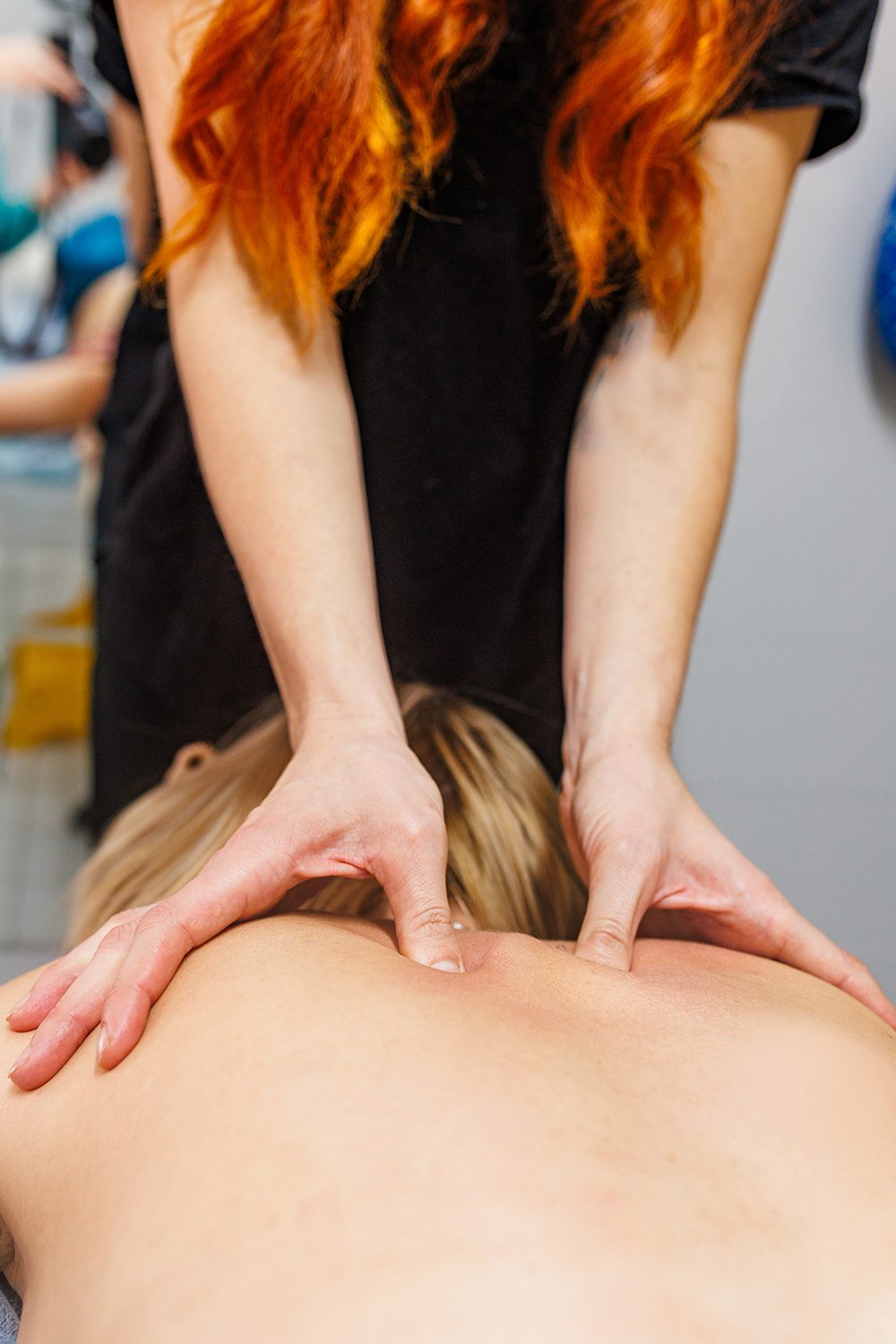
What Does Tuia Feel like?
The Sensation
- Firm, Targeted Pressure: Practitioners use fingers, palms, knuckles, and sometimes even elbows to press along specific points or meridians. It’s not “light touch”—you’ll feel that they’re aiming to do something to the muscle, fascia, or joint.
- Rhythmic Movements: Tuina often uses rolling, kneading, pushing, and grasping motions in a steady rhythm. It can feel almost like a cross between deep tissue massage and guided stretching.
- Stretch & Mobilization: The practitioner may gently rotate your joints, stretch limbs, or reposition you to release tension.
- Localized Warmth or Tingling: As circulation improves, you may feel warmth in the treated area, a pleasant “spreading” sensation, or tingling along a pathway — in TCM, this is considered the flow of qi.
- Occasional Intensity: Certain areas (especially where there’s tension or stagnation) may feel tender, like pressing on a sore muscle during sports massage. That’s normal, but practitioners will adjust the pressure if you tell them.
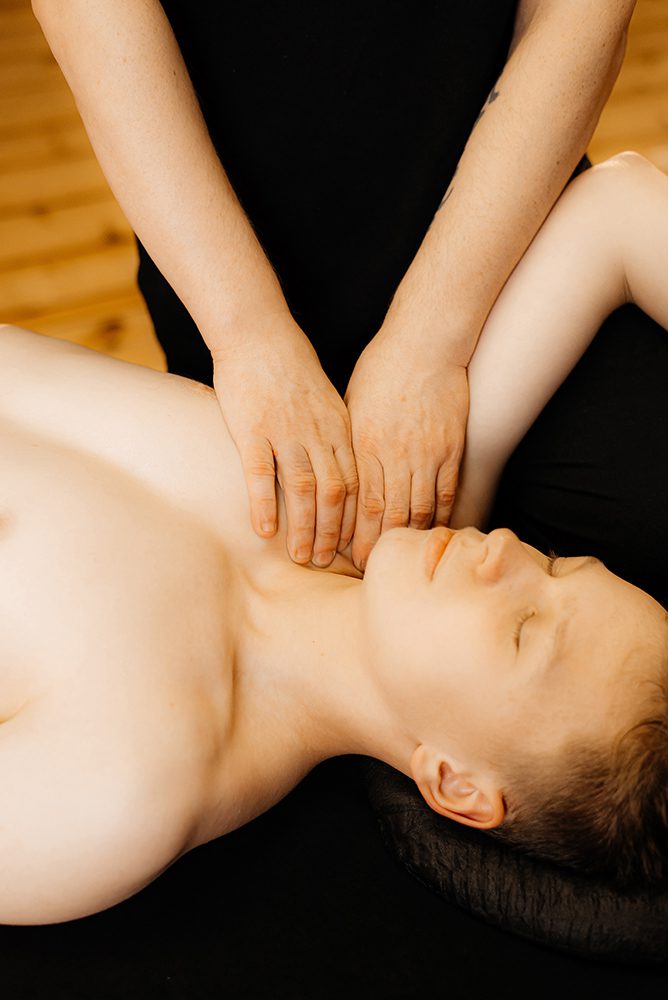
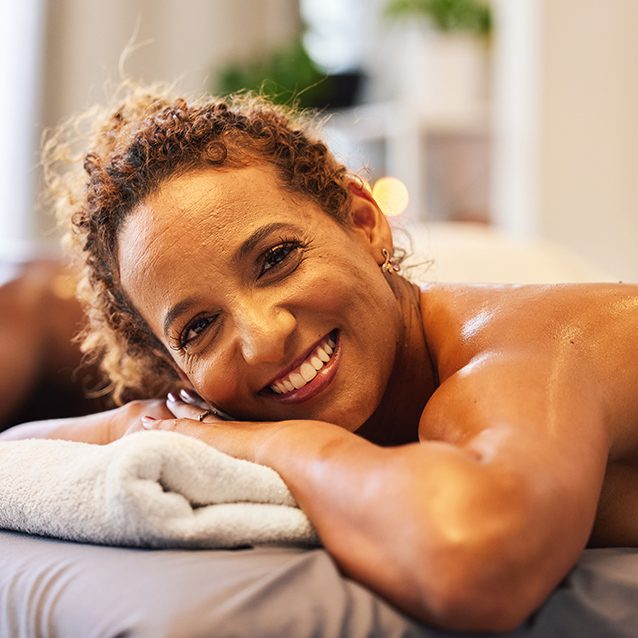
Benefits of Tuina
After the Session patient reported experiencing the following benefits:
- Looser Muscles & Better Range of Motion: Many patients feel lighter and more mobile right away.
- Deep Relaxation: The hands-on work plus stimulation of acupoints often leaves people feeling both physically relaxed and mentally calmer.
- Possible Temporary Soreness: Like after a deep workout or sports massage, mild soreness for a day or so can be normal as muscles adjust.
- Improved Circulation: Warmth, a “fresh” feeling in the treated area, or reduced stiffness are common takeaways.
What Does the Research Say?
Here’s a snapshot of current science — while cookie-cutter proof is limited, promising trends are emerging:
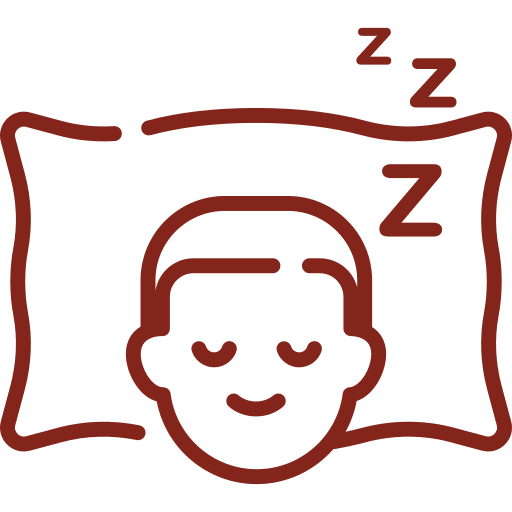
Insomnia & Sleep Quality
Systematic reviews and meta-analyses suggest that Tuina can significantly improve sleep quality, reduce measures like the Pittsburgh Sleep Quality Index (PSQI), and relieve anxiety and depression in people with primary insomnia. Some studies even note changes in neurotransmitters like serotonin (5-HT).

Neck and Musculoskeletal Pain
A randomized controlled trial found Tuina to be a safe, cost-effective way to reduce chronic neck pain when compared to no treatment. Systematic reviews further suggest benefit for musculoskeletal symptoms, though more high-quality trials are needed.
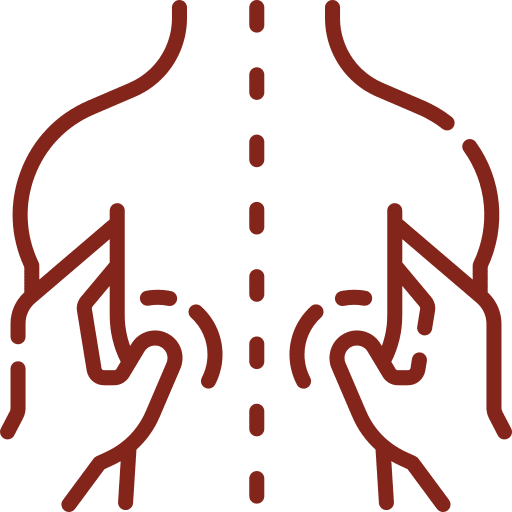
Broader Potential
Recent global bibliometric studies show growing research on Tuina across areas like spinal issues, pediatric conditions, and stroke aftercare — yet highlight a need for stronger mechanistic and international collaboration studies.
Practical Tips for Patients
- Communicate your goals. Whether it’s pain relief, better sleep, or stress reduction, sharing what you hope to achieve helps us customize your session.
- Combine therapies for optimal results. Tuina often complements acupuncture, herbal medicine, or gentle movement techniques.
- Know what to expect. Tuina can feel firmer than conventional massage — it’s about functional change, not just relaxation.
- Check in after sessions. Notice how you sleep, move, or feel over the next day or two. This feedback is key to shaping your care.
Want to Learn More?
- Curious how Tuina fits into your whole-body care? Check out our article What is tuia?
- For broader insights on integrative pain care, the NIH National Center for Complementary and Integrative Health offers trusted resources on non-drug approaches to chronic pain management.
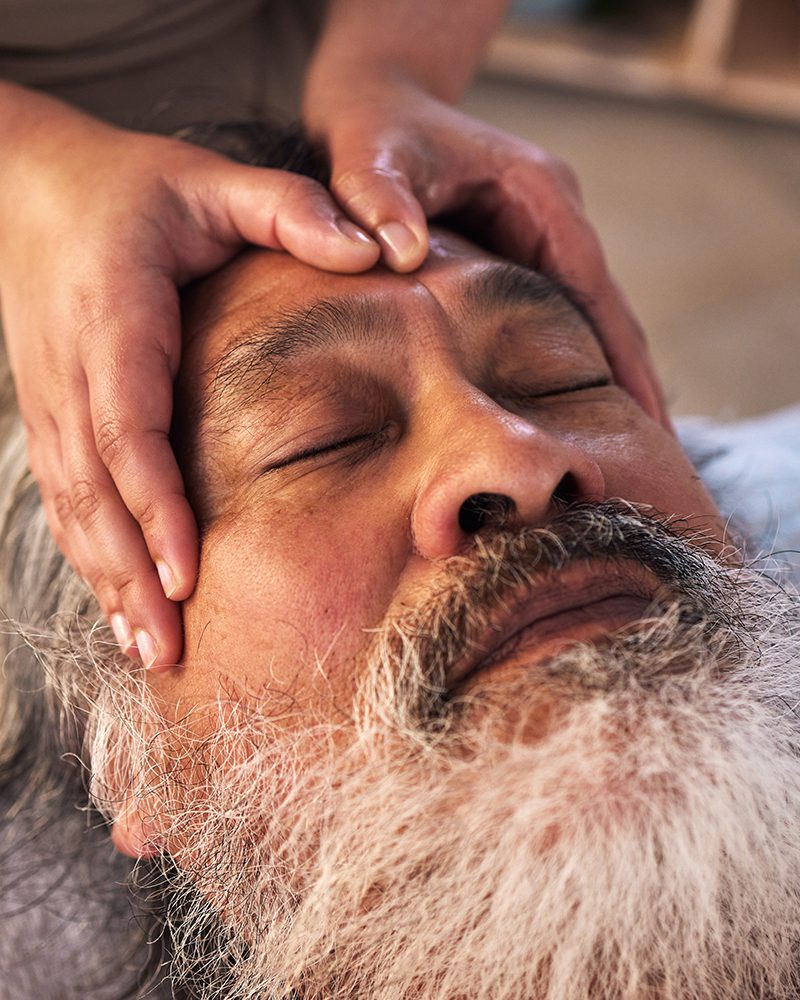
Final Thoughts
Tuina is a dynamic bridge between ancient tradition and hands-on healing. Many of our acupuncture providers integrate tuina into the end of an acupuncture session to decrease pain, increase circulation and improve healing. While research continues to evolve, many find relief and balance through its careful application.
At Integrative Acupuncture, we’re here to guide you with expertise, compassion, and respect for your whole-person wellness journey.

